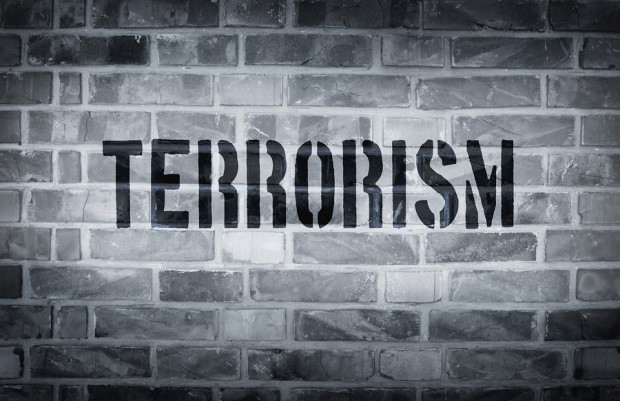


Passage of the updated U.S. federal terrorism reinsurance program in 2015 has helped maintain certainty and stability for the U.S. market even as the nature of terrorist acts has changed. Marsh noted this good news in its latest report but also warned that insurers have adapted and must continue to do so in order to successfully address these fast-evolving threats.
“The changing nature of terrorist attacks globally has caused the risk management and insurance industry to explore coverage enhancements that further address risks related to business disruption and extra expenses,” Marsh said in its “2016 Terrorism Risk Insurance Report.”
The global insurance broker and risk manager noted that this has happened while “pricing and take-up” of terrorism insurance” has remained relatively stable. With that in mind, Marsh said “organizations should regularly assess their needs and mitigation strategies.”
After briefly letting it expire, Congress passed what is known formally as the Terrorism Risk Insurance Program Reauthorization Act of 2015 (TRIPRA) in early 2015. This is the federal terrorism reinsurance program, which Congress initially passed in the wake of the Sept. 11, 2001 terrorist attacks in New York and Washington. The program offers backstop reinsurance for terrorism risks, though its 2015 renewal boosted co-insurance levels from 15 percent to 20 percent and grew the industry event trigger from $100 million to $200 million.
Passage of TRIPRA through 2020 helped bring much more certainty to terrorism insurance markets, Marsh said. That has translated to stability. For example, take-up rates for TRIPRA coverage embedded in property policies grew only slightly in 2015, according to the report, continuing relative stability in place since 2009.
“Lone Wolf” Attacks Force Market Adaptation
However, Marsh noted that the types of terrorists attacks are evolving to small-group or “lone wolf” attacks, which aren’t necessarily triggering TRIPRA coverages.
These kinds of attacks in the U.S. haven’t yet met the $5 million damage certification threshold required to trigger TRIPRA, so exposure assessments are going a different route.
“Many organizations are assessing their exposure to and coverage for indirect losses and business interruption risks associated with acts of terror,” the Marsh report said. “To address evolving threats, the insurance industry is offering coverage enhancements that consider business interruption and time-element risks.”
Since the 2015 TRIPRA renewal, Marsh has also noted a number of additional market trends. Among them:
One more bit of interesting data: Marsh said that the number of captives it manages that access TRIPRA jumped 17 percent from 2014 to 2015. At the same time, many captives that could offer a terrorism insurance program actually don’t.
Source: Marsh